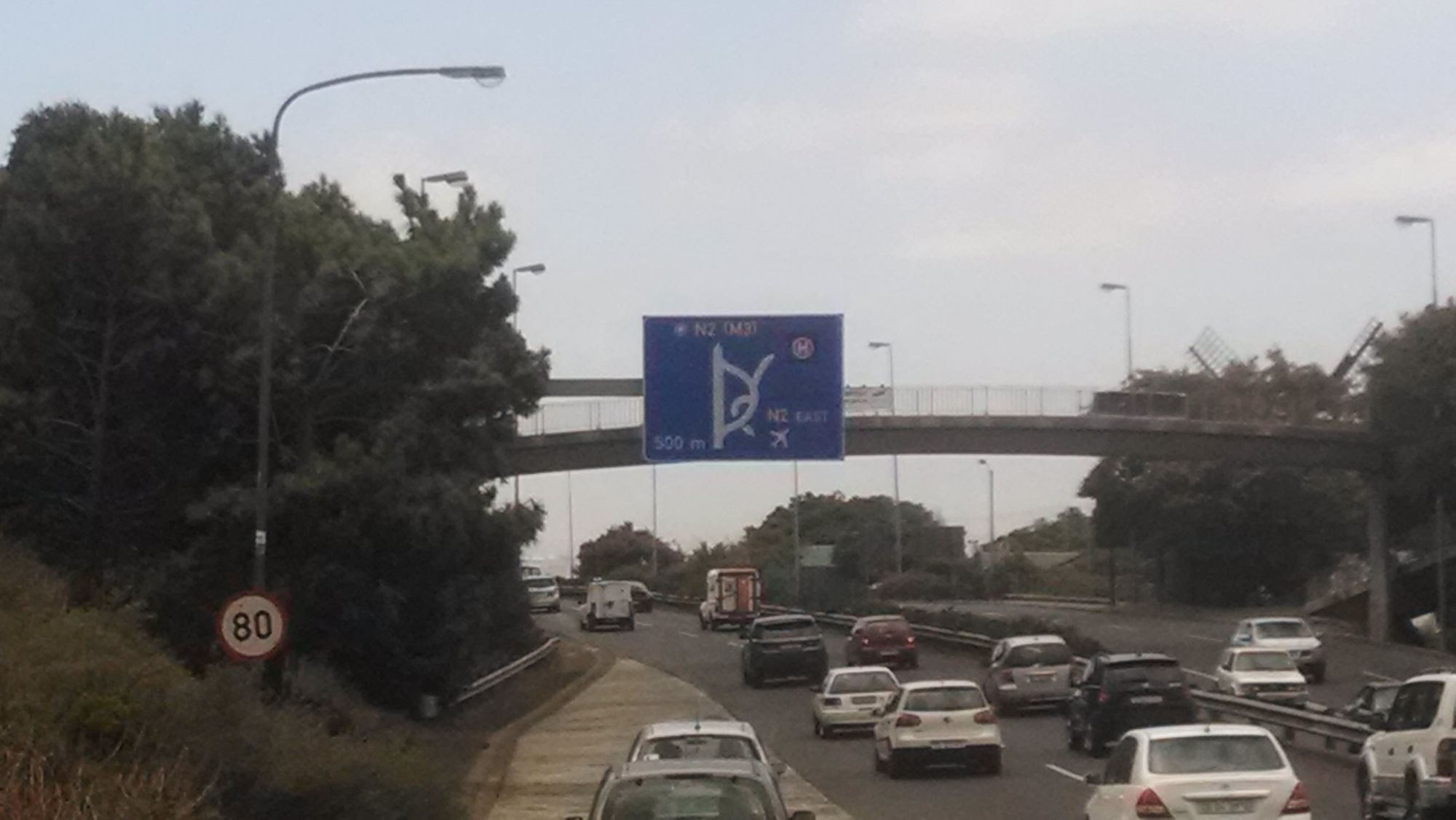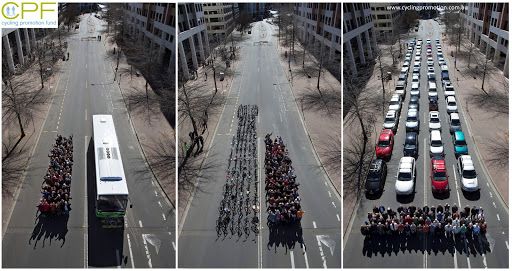Falling into Transportation: A Humbling Moment

Between job interviews, coffee chats, and the occasional panel appearance, I’ve told the story of how I got into transportation quite a few times. There’s one detail that I often leave out though, mostly because I haven’t figured out how to weave it in without disrupting the flow of a response that should just take a minute or two.
It’s the story of one of my most humbling moments, and a pretty important part of the lead-up to why I wanted to study transportation.
Falling into Transportation Research
Despite having two parents who worked in transportation, I really thought I wanted to be a classic civil engineer, the structural kind that designs buildings and bridges and that sort of thing. My junior year of college though (back in 2014! You can find my old travel blogs from the time on this very site!), I decided to take part in a study abroad program called Globalization, the Environment, and Society in Cape Town, South Africa.
As part of the program, we had to do a research project and write a thesis on it. Structural engineering didn’t seem to really fit the bill for a 6-month project, but while brainstorming ideas, I found a couple transportation professors who seemed like they might be a good fit. The first person I reached out to pointed me to Professor Mark Zuidgeest, who’d recently gotten a little bit of funding and access to a detailed dataset of the crossings on highways around Cape Town.
South Africa at the time collected incredibly high quality land use data, and we built a model to predict the impact of land use on the number of illegal pedestrian crossings. We also evaluated some of the government’s interventions to see how well they worked at preventing crossings and fatalities.
As you can expect, the government interventions (mostly fences and pedestrian bridges) were not particularly effective.
An American Perspective
While studying in Cape Town, I took a few civil engineering classes, including a class in transportation. In hindsight, the class was very car-centric. We learned about Level of Service, discussed the traditional transportation planning 4-Step model in terms of highway sizing, and the students (myself included unfortunately) were dismissive of the dutch professor if she ever brought up the idea of biking instead of cars in the Cape Town context.
As part of my research I’d found that the government interventions didn’t seem to be doing much to prevent crossings on the highways, but we weren’t entirely sure why, so we drove out and met with a professor at Stellenbosch University who specialized in surveys.
It was overall a pretty good meeting - I presented my analysis, and she thought she could get funding for some survey work. As we were finishing up the conversation, she noted that with these findings, the government might just need to bite the bullet and slow down cars while installing crosswalks. It’s been 10 years so please forgive some paraphrasing - I said, “But we can’t do that, highways are for traveling at high speed.”
“No, highways are for carrying people into the central business district,” she corrected me. I started to push back, but she continued, “It is worth slowing them down if it is necessary to keep people safe.”
I was thoroughly embarrassed, and it was clear what little standing I’d earned with her as an undergraduate researcher had been negated. My professor was kind and tried to excuse me by saying our transportation engineering class hadn’t covered safety properly.
Later on he asked over dinner if I was okay before we drove back because of the incident at the meeting. I think he felt a little bad for me because he knew that I’d been unprepared for the other professor’s perspective given that I’d grown up pretty car-brained in the US.
In the middle of driving back to Cape Town, we saw someone who was visibly pregnant climbing over a jersey barrier in the middle of the highway with two small kids. We were driving at 120 kph.
As anyone who’s heard the story before can tell you, this is when it really clicked for me that this was all real. That the results of my work had a real impact and might help people.
It should have clicked sooner, but I’d been so accustomed to jaywalking and car violence being a part of life that I’d missed the real world aspect for academic interest. I’d implicitly learned that pedestrians were the problem instead of the large highways acting as barriers between wealthy neighborhoods and low-income townships. In that moment, I decided I wanted to work in transportation. I’d like to think I would have gotten there anyway, but I’m not sure it would have clicked for me if that professor hadn’t corrected me so emphatically.
The Aftermath
After getting back to Swarthmore, I applied to grad school and ended up going to Northwestern to study Transportation Engineering. I hear the standard curriculum has changed a lot in the last 10 years, but at the time many of my traffic engineering courses went something along the lines of “Turn to page 452 of the AASHTO Green Book to see that you have to make the car lanes 12 feet wide.” I realized pretty quickly I didn’t want to do traffic engineering, and instead wanted to go into bike planning or public transit.

My partner was the year below me in college, and when she graduated, she got into a PhD program in New York while I got a job at New York City Transit. I absolutely fell in love with working in the transit industry, and the rest is history, or at least a story for another post.